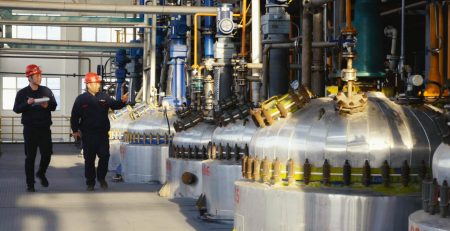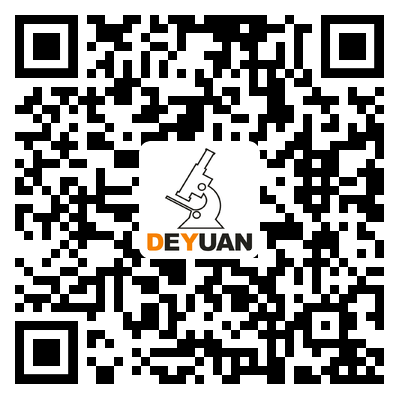Instrukcja ekstrakcji cieczą jonową do ekstrakcji kobaltu z mieszaniny niklowo-kobaltowej.
Ciecz jonowa do ekstrakcji kobaltu z mieszaniny niklowo-kobaltowej.
Proces ten jest rodzajem wysoce selektywnej separacji kobaltu z mieszanin niklowo-kobaltowych za pomocą nierozcieńczonej cieczy jonowej, it is environmental friendly hydrometallurgical methods.
Ionic liquids (ILs) are a class of molten salts that are liquid at room temperature. They have unique properties, such as low vapor pressure, high thermal stability, and high ionic conductivity. Due to these properties, ILs have attracted significant attention as potential alternatives to traditional organic solvents in various chemical processes, including solvent extraction.
ILs can serve as extractants in solvent extraction processes due to their ability to selectively dissolve target compounds from a mixture. The use of ILs as extractants has several advantages, w tym wysoka selektywność, high solubility of metal ions, and low environmental impact.
ILs can be designed to have specific properties that make them ideal for certain applications. Na przykład, they can be tuned to have specific functional groups that can interact with metal ions in solution, which allows for the selective extraction of specific metals.
One area where ILs are currently being studied for their extractive properties is in the recovery of metals from electronic waste, as ILs have shown promise in extracting metals such as copper, złoto, and platinum. Other potential applications include the extraction of rare earth metals, and the removal of pollutants from wastewater.
Ogólnie, the use of ILs as extractants is an exciting area of research with significant potential for applications in various industries.
Specjalizujemy się w skupieniu się na R&D odczynniki do ekstrakcji metali, nasze główne produkty, jak poniżej:
- DZ988N/DZ973N/DZ902 odczynnik do ekstrakcji rozpuszczalnikiem miedzi.
- DZ272 Nikiel, kobalt, mangan, i ekstrahent rozdzielający magnez.
- DY319 wysokowydajny ekstrahent do ekstrakcji niklu i kobaltu.
- DY377 wydajny ekstrahent do separacji niklu i diamentów.
- DY366 nowy zaawansowany ekstrahent niklowo-kobaltowy.
- P204 (D2EHPA lub HDEHP) ekstrahent.
- DY301, DY302 do odzyskiwania wypalonego paliwa jądrowego.
- Inne odczynniki ekstrakcyjne do ekstrakcji wanadu, Ekstrahent litowy, Ekstraktant żelazowy i ekstrahent ziem rzadkich.



